
Pre Move Checklist for Moving into Your New Home
August 17, 2023
The Expert Guide to Prevent Mosquito Breeding and Bites
January 31, 2025
Ready to pest proof your landed property like a pro? Protect your home, protect your family and protect your investment.
Why Landed Properties in Singapore Require Strong Pest-Proofing?
Pest-Proof Your Landed Property Like a Pro
Owning landed property in Singapore is a privilege. It offers space, comfort and privacy that high-rise homes cannot match. But larger spaces also mean more ways pests can invade your living environment. Whether you stay in a semi-detached house, terrace house, cluster home, corner terrace or bungalow you face unique risks.
From pests entering your home because of the open areas, gardens, drainage lines and structural gaps. To pest proof your landed property effectively, you must understand how pests behave, where they hide, and how they infiltrate your home. Innovative will help identify threats early, conduct proper house pest inspection and implement professional-grade home pest control measures. It also explains why partnering with an experienced pest control company like Innovative Pest Management ensures long-term protection.
Common Pest Threats for Landed Homes
Why Landed Properties Face Frequent Pest Infestations
Landed houses offer what pests love shelter, warmth, moisture, food sources and multiple entry points. Unlike apartments, these properties have direct contact with soil, lawns, foliage and external structures. Creating ideal opportunities for pests to enter silently.
Each type of pest behaves differently. Identifying the type of pest affecting your house allows for targeted pest proofing strategies. Landed homes in Singapore frequently face:
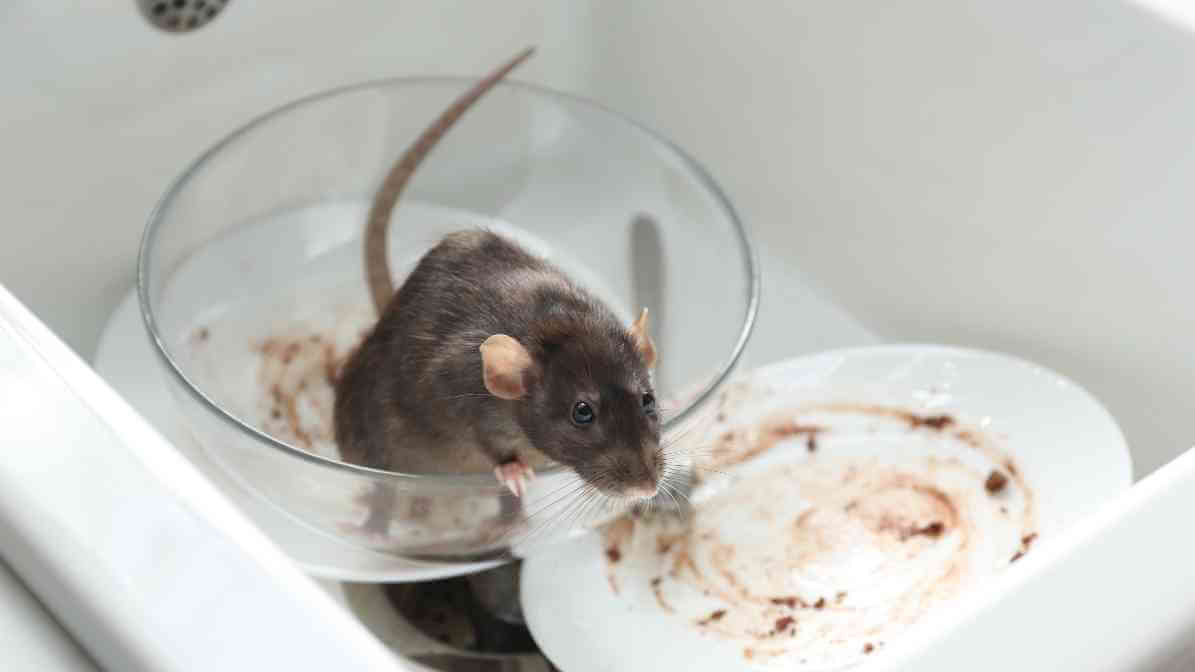
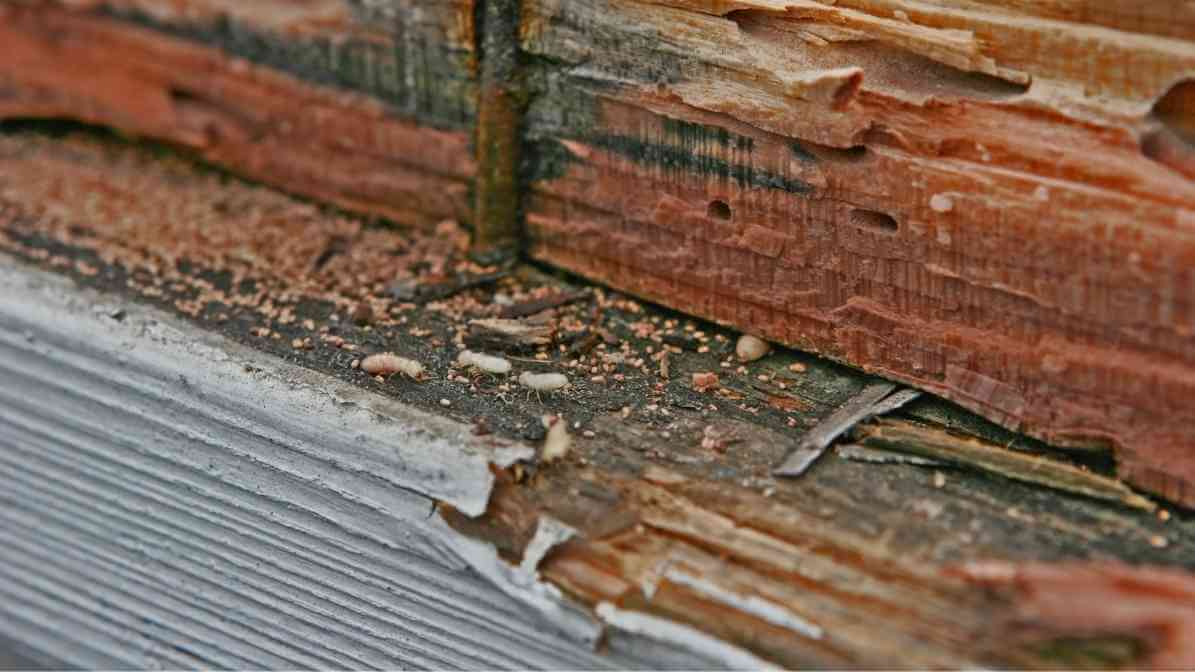
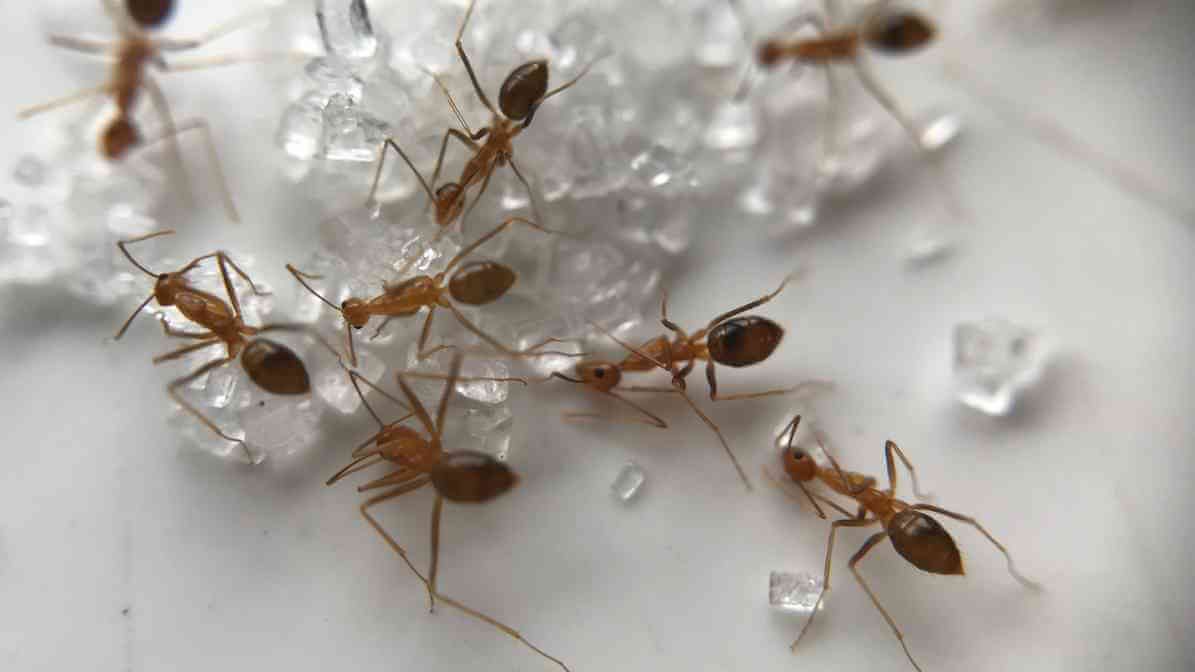
Attracted by food and shelter, capable of squeezing through small gaps.
Cause silent structural damages to wooden structures and foundations.
Enter your home in search of shelter, food and water sources.
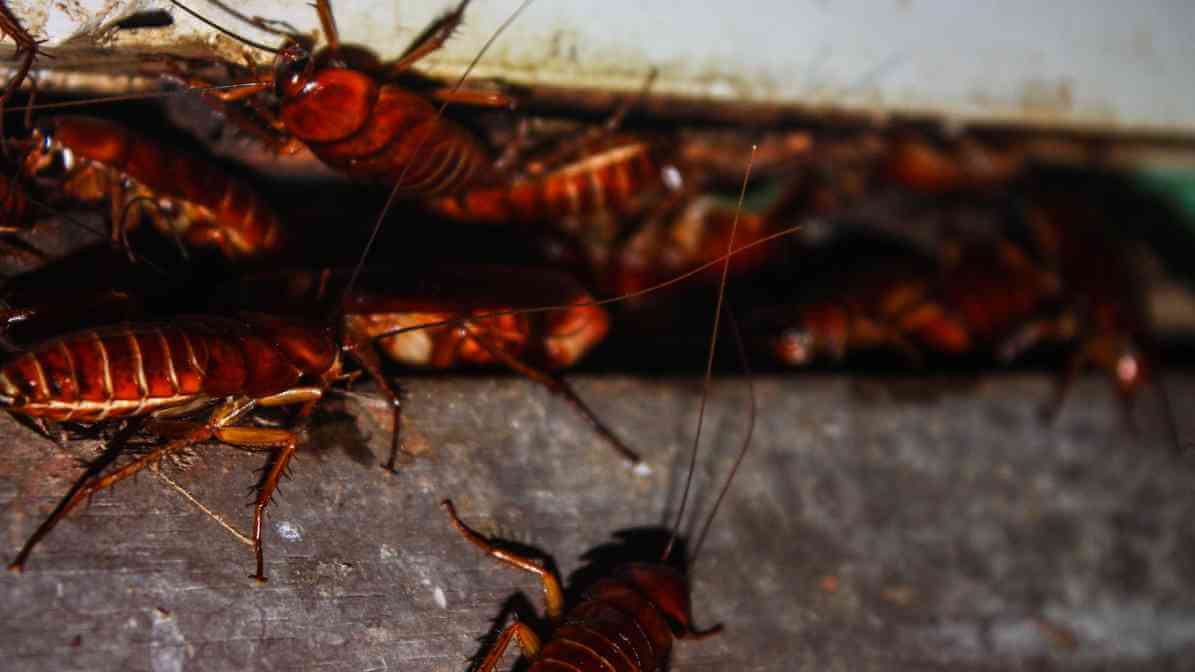
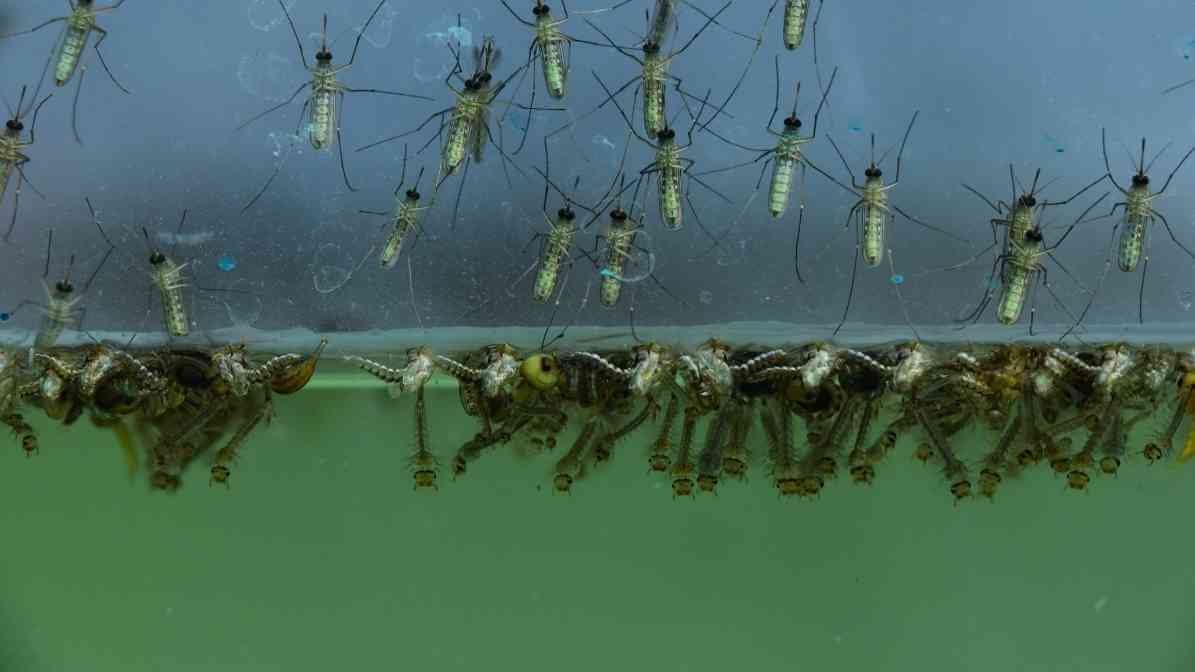
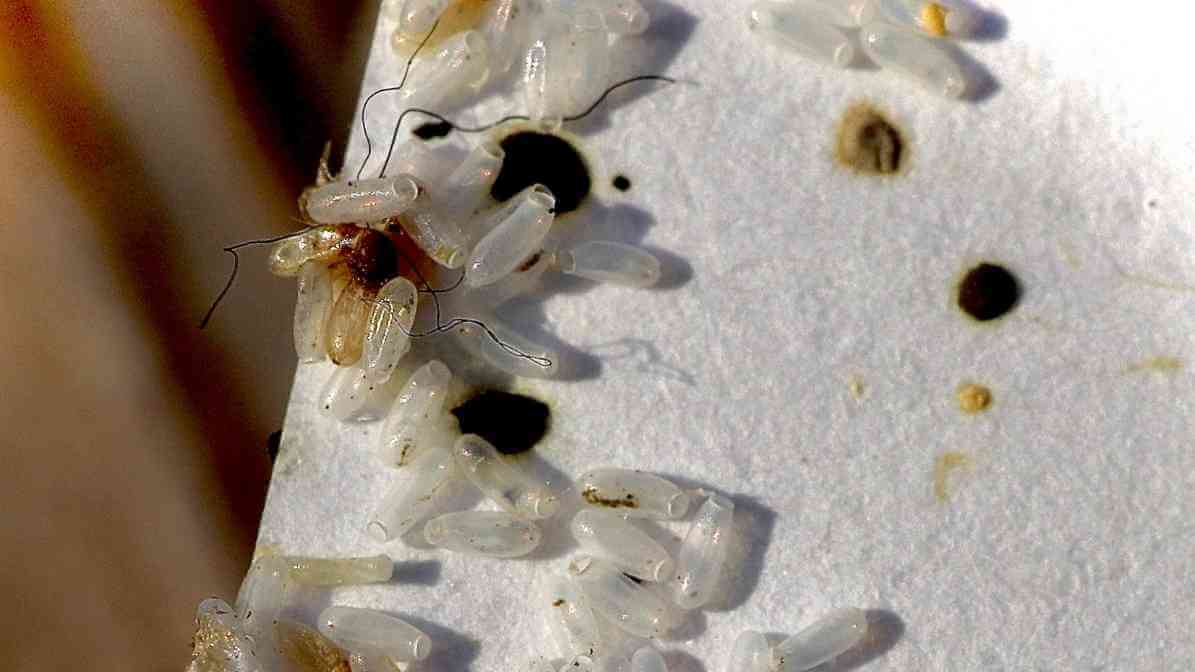
They hide in the water drainage, sewers, landscape and dark corners.
They can breed rapidly in areas that provide with standing water.
They can hitch hike on luggage, apparel and second-hand furniture.
Common Pest Threats That Can Enter Your Home
How Pests Enter Your Home?
Understanding how pests gain access is essential before developing a pest-proof plan. Pests do not randomly appear, they exploit weaknesses around your home.
1. Structural Gaps & Cracks
Small cracks along walls, door frames or window joints act as perfect entry points. Rodents need only a 1-cm gap, while ants require even less.
2. Drainage & Plumbing
Cockroaches and ants frequently travel through pipes, floor traps and external drainage lines. Moist areas also create breeding ground conditions.
3. Landscaping & Soil Contact
Trees touching your roof, dense shrubs near walls and soil-contact wooden structures invite pests living outdoors to move indoors.
4. Clutter, Stored Items & Warm Corners
Bed bugs hide in personal belongings, while cockroaches prefer warm appliances and dark storage areas.
5. Moisture & Standing Water
Stagnant water creates ideal mosquito breeding areas and excessive moisture attracts termites. With these vulnerabilities in mind, a strong inspection becomes the next crucial step.
Key Areas to Inspect in Semi-Detached, Terrace, Cluster & Bungalow Homes
Conducting a Thorough House Pest Inspection
A house pest inspection is the backbone of preventive pest management. Before any treatment or pest proofing, you must thoroughly identify weak points, signs of activity and hidden threats.
1. Entry Points
Look for cracks, gaps and holes around:
- Doors and door frames
- Windows and ventilation openings
- Rooflines and gutters
- Air-conditioning trunking
- Wall-floor intersections
Even the smallest opening can lead to a major pest problem.
2. Wooden Structures
Wooden items are a favourite for termite infestations. Inspect:
- Decks and timber patios
- Wooden fences
- Door frames and skirting boards
- Outdoor storage sheds
- Interior built-ins
Look for mud tubes, frass (wood shavings) and hollow-sounding wood. These are classic indicators of active termites.
3. Areas With Standing Water
Mosquitoes thrive in water as shallow as a 20-cent coin depth. Check:
- Drains and gutters
- Outdoor containers
- Plant pot trays
- Air-con drip lines
- Low-lying ground areas
Removing standing water is one of the fastest ways to reduce mosquito breeding.
4. Food Sources
Pests enter your home for survival. Ensure:
- No leftover food is exposed
- Pet food is not left outdoors
- Groceries are stored in airtight containers
- Immediate cleaning of kitchen spills
A home with minimal food sources is less attractive to common pest species.
Signs Your Landed Home May Already Have a Pest Problem
Identifying Potential Breeding Grounds
To pest proof your landed property, you must eliminate areas where pests reproduce. These spots often go unnoticed until an infestation becomes serious.
Mosquito Breeding
Mosquitoes are one of Singapore’s most common pest threats. They breed in:
- Clogged gutters
- Potted plant saucers
- Unused containers
- Bird baths
- Drain lines with stagnant water
Replace water in open containers weekly and ensure proper drainage throughout your property.
Termite Infestations
Termites prefers damp, dark and secluded spaces. They thrive in:
- Moist soil near the house
- Buried tree stumps
- Wet wooden structures
- Poorly ventilated areas
Ensure wood is not in direct contact with soil and reduce moisture near foundations.
Bed Bugs
Bed bugs enter homes by hitchhiking:
- Luggage
- Clothing
- Second-hand furniture
- Public transport exposure
Inspect mattresses, bed frames, carpets and sofas regularly, especially after travelling.
Identifying and Eliminating Potential Pest Breeding Grounds
Implementing Effective Pest-Proofing Strategies
After identifying risks, vulnerabilities and breeding grounds, the next step is to apply proven pest-proofing measures. These steps reduce recurring infestations and help maintain a health-safe living environment.
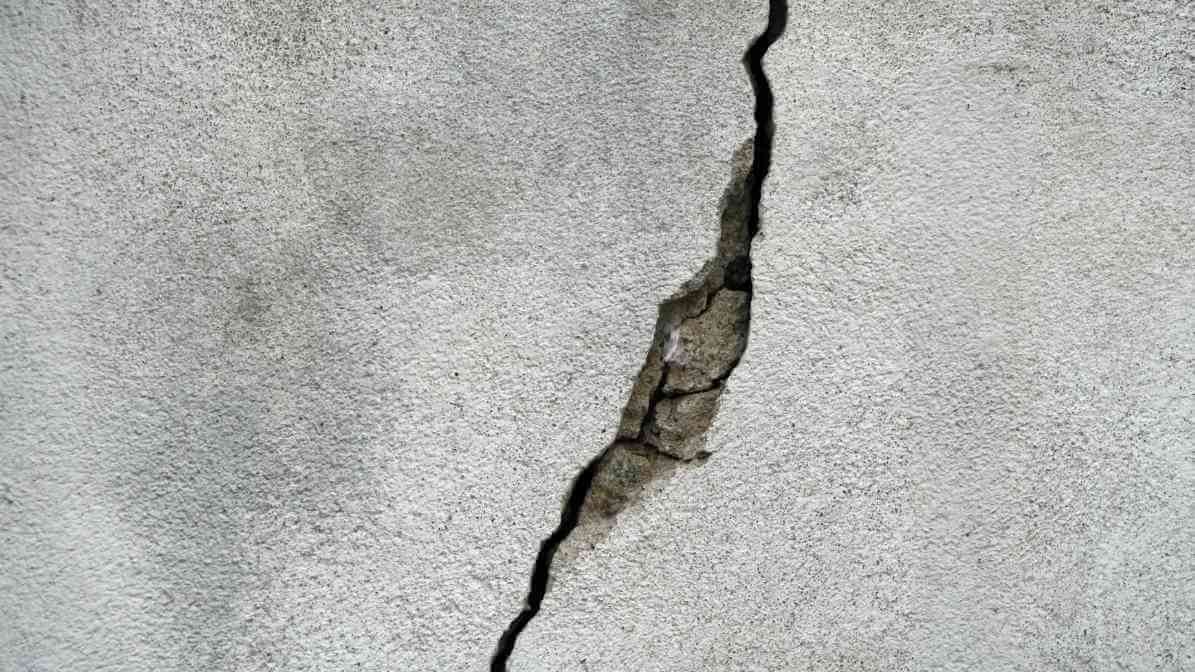
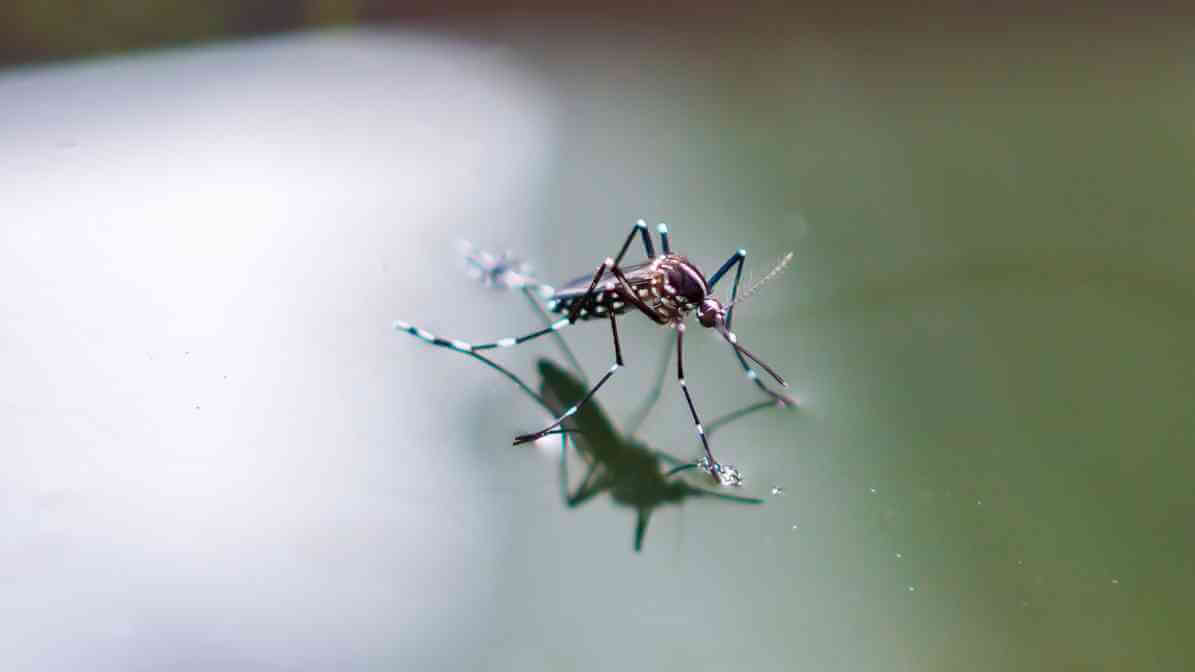
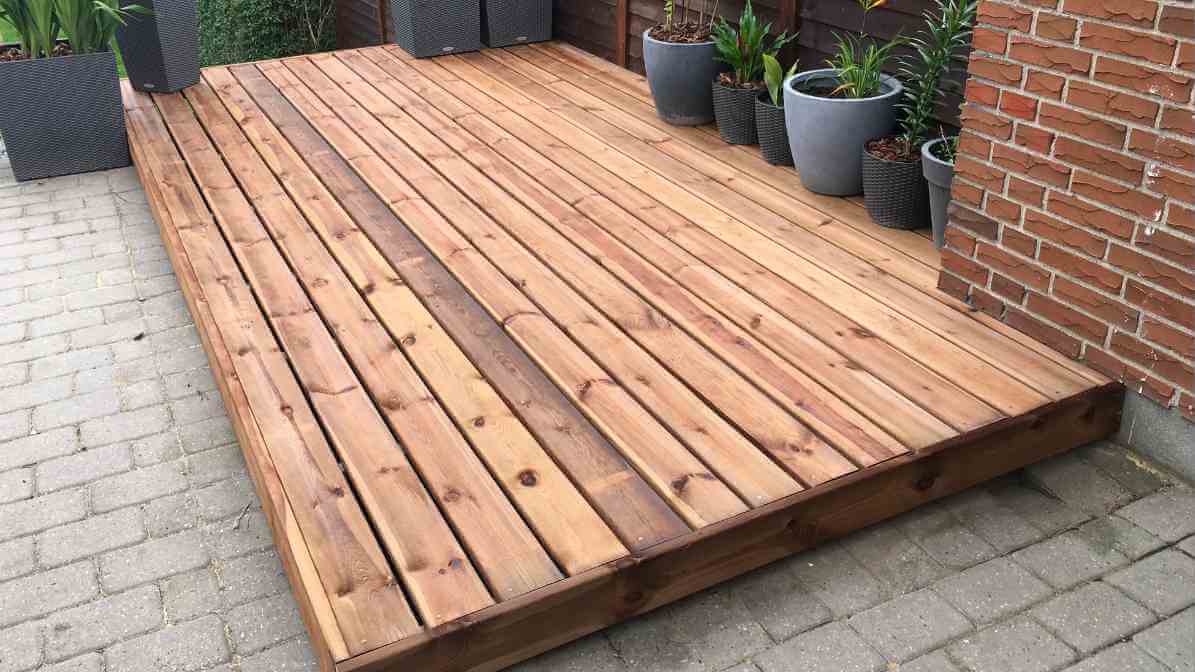
1. Seal Cracks & Gaps
This prevents rodents, ants and cockroaches from entering your home. Use caulk, weatherstripping or expandable foam to seal:
- Window gaps
- Door frames
- Pipe entry points
- Wall cracks
- Roofline openings
2. Install Protective Screens
Ensure your windows and doors have:
- Tight-fitting insect screens
- Mesh with fine micron size
- No tears or holes
Screens allow ventilation but stop flying pests from entering your home.
3. Maintain Landscaping & External Areas
This significantly reduces pest migration toward your house. Your garden is one of the biggest contributors to pest infestations if not maintained. Proper landscaping helps limit pest movement. Do this consistently:
- Trim shrubs and tree branches away from the house
- Remove decaying wood and fallen leaves
- Keep grass short
- Avoid soil-contact wooden structures
- Install gravel barriers or anti-termite sand around foundations


4. Proper Waste Management
Waste attracts pests because of the odour and food residue. Ensure your outdoor area is clean and dry. A clean environment reduces pest activity dramatically.
Follow these steps:
- Use sealed rubbish bins
- Clear food waste daily
- Wash bins regularly
- Avoid leaving food scraps after outdoor gatherings
5. Regular Professional House Pest Inspection
Innovative Pest Management uses advanced tools such as moisture meters. InnoHeat thermal vision technology and InnoTrap precision sensor bait, InnoSight monitoring systems to detect issues early. DIY measures help, but professional inspection ensures detection of hidden threats such as:
- Subterranean termite colonies
- Bed bug harbourage points
- Rodent nesting zones
- Cockroach movement patterns
Benefits of Professional Pest Control Services
Why Engage a Professional Pest Control Company?
While personal preventive efforts are important, a certified pest control company provides comprehensive coverage that DIY solutions cannot achieve. Innovative Pest Management combines scientific knowledge, entomologist expertise and long-term strategies to ensure your home remains pest-proof.
Accurate identification of potential pest issues
Tailored treatment programs based on pest behaviour
Safe, regulated chemicals suitable for families and pets
Long-term monitoring and preventive barriers
Structural inspections for hidden damage
Guaranteed results with follow-up services
The Importance of Regular House Pest Inspections
Innovative Pest Management, Your Trusted Partner for Home Pest Control
Your landed property deserves the highest level of protection. Working with Innovative Pest Management gives you access to:
✔ Expert entomology-based diagnosis
Our specialists are trained to understand pest behaviour, breeding patterns and entry points.
✔ Safe, effective and targeted treatments
Every home is unique and so are our solutions.
✔ Preventive strategies that last
We focus not just on eliminating pests but preventing them from returning.
✔ Clear reporting and advice
During each house pest inspection, we highlight risks, structural damages and long-term prevention measures.
Professional Pest Control Services Secure Your Landed Home with Professional Pest Proofing
Innovative Pest Blog Summary
Pest infestations can cause structural damages, contaminate food, disrupt daily living and compromise your family’s health. A proactive approach helps you stay in control. By understanding how pests infiltrate your property, identifying breeding grounds and implementing effective preventive steps. You can maintain a safe, comfortable and pest-free home.
However, true peace of mind comes from engaging Innovative Pest Management trusted expert. We offer complete home pest control solutions designed for Singapore’s landed properties. Our team ensures early detection, accurate diagnosis and effective pest proofing tailored to your environment. Contact Innovative Pest Management today for a comprehensive house pest inspection and customised treatment plan.




